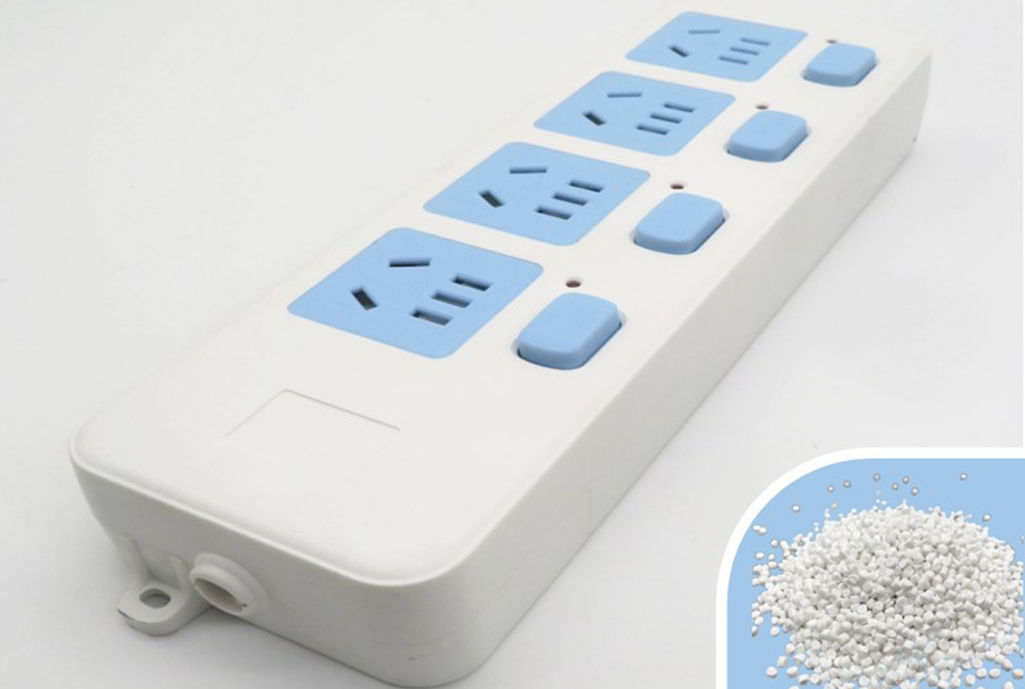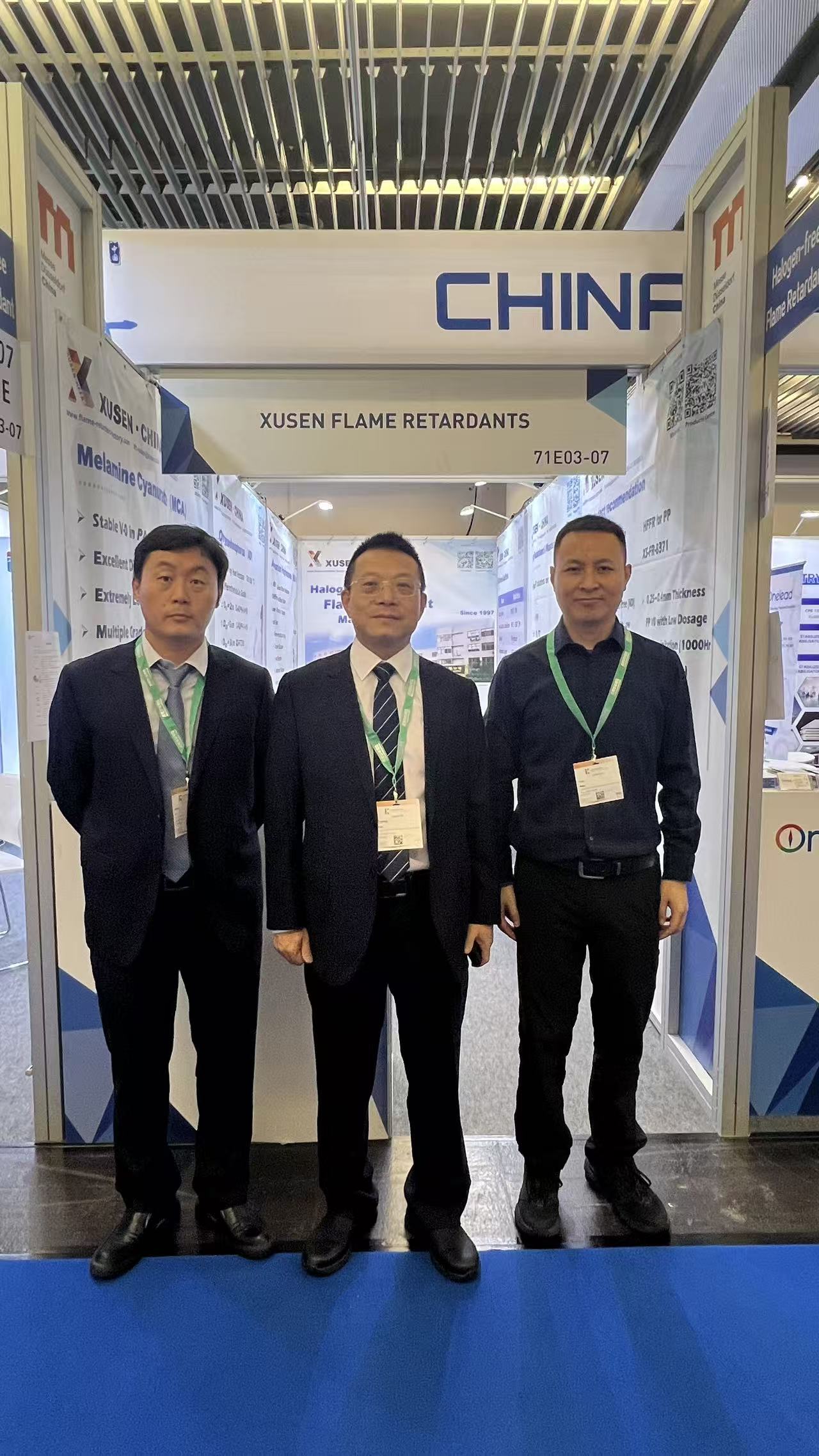Advanced Flame RetardancThe Role of a Composite Flame Retardant for Polyester
2025-11-05
Polyester is a ubiquitous synthetic fiber, prized for its durability, wrinkle resistance, and low cost, finding extensive use in textiles, carpets, and industrial materials. However, its inherent flammability presents a significant safety concern. To mitigate this risk, the development and application of effective flame retardant systems are crucial. While traditional halogenated flame retardants have been effective, environmental and health concerns have driven the industry toward less toxic, non-halogenated solutions. This shift highlights the growing importance of a Composite Flame Retardant for Polyester as a state-of-the-art approach to enhancing fire safety.
The Challenge of Polyester Flammability
Polyester (Polyethylene terephthalate or PET) is a thermoplastic material that melts and drips when exposed to heat, which can, in some cases, lead to the spread of fire. When it burns, it produces significant smoke and heat. Achieving robust flame retardancy in polyester requires a material that can interfere with the combustion cycle in solid, liquid, or gaseous phases. Single-component flame retardants often struggle to achieve the required performance without negatively impacting the desirable mechanical and aesthetic properties of the polyester. This limitation is precisely why a Composite Flame Retardant for Polyester is becoming the preferred technology.
Principles of Composite Flame Retardancy
A Composite Flame Retardant for Polyester typically involves the synergistic combination of two or more different flame-retardant chemistries. This synergy allows the formulation to leverage multiple mechanisms of fire inhibition simultaneously, leading to superior performance compared to the individual components alone. Common components in such a composite include:
- Phosphorus-based compounds: These often act in the condensed phase by promoting char formation. The char layer insulates the underlying material from heat and oxygen, effectively slowing down or stopping the pyrolysis process.
- Nitrogen-based compounds (e.g., Melamine derivatives): These can enhance the charring effect of phosphorus compounds and also release non-combustible gases (like nitrogen) in the gas phase, diluting the concentration of flammable gases.
- Inorganic fillers (e.g., Metal hydroxides, Nanoclays): These compounds release water vapor upon heating (endothermic decomposition), cooling the flame and diluting the combustible gases. Nanoclays can also improve the barrier properties of the char layer.
The careful selection and proportioning of these components are key to formulating an effective Composite Flame Retardant for Polyester.
Advantages of Using a Composite Flame Retardant for Polyester
The implementation of a multi-component system, specifically a Composite Flame Retardant for Polyester, offers several distinct advantages over traditional mono-component systems:
Enhanced Flame Retardant Efficiency
The primary benefit is the synergistic effect. The combination of condensed-phase (charring) and gas-phase (dilution) mechanisms leads to a more comprehensive and efficient fire-suppression effect. This allows manufacturers to meet stringent fire safety standards with a lower overall loading of the flame retardant, preserving the polyester’s inherent properties.
Improved Thermal and Mechanical Properties
High loadings of single-component flame retardants can often plasticize or embrittle the polymer matrix, degrading the fiber’s tensile strength and processing characteristics. By utilizing a Composite Flame Retardant for Polyester, a high level of fire safety can be achieved at a reduced total additive concentration, thereby minimizing the negative impact on the final product’s physical properties.
Non-Halogenated Formulation
Most modern composite systems are designed to be non-halogenated, addressing environmental persistence and toxicity concerns associated with older technologies. This aligns with global regulatory trends toward ‘green’ and sustainable chemistry.
Versatility in Application
A Composite Flame Retardant for Polyester can be designed for various application methods, including:
- In-situ polymerization: Incorporating the additive during the polyester synthesis process.
- Melt-blending/Masterbatch: Introducing the retardant during the melt-spinning stage for fiber production.
- Durable topical finishes: Applying the retardant to the finished fabric via padding or coating.
Future Outlook
Research and development in the field continue to focus on optimizing the synergistic interactions within a Composite Flame Retardant for Polyester. Ongoing efforts are centered on the development of intumescent systems, which form a voluminous, protective foam-like char upon heating, and the use of nanotechnology to further enhance barrier effects and reduce additive loading. As safety regulations become more rigorous and sustainability mandates increase, the sophistication and necessity of a high-performance, non-halogenated Composite Flame Retardant for Polyester will only grow, securing its place as an essential technology in the polymer industry.





















